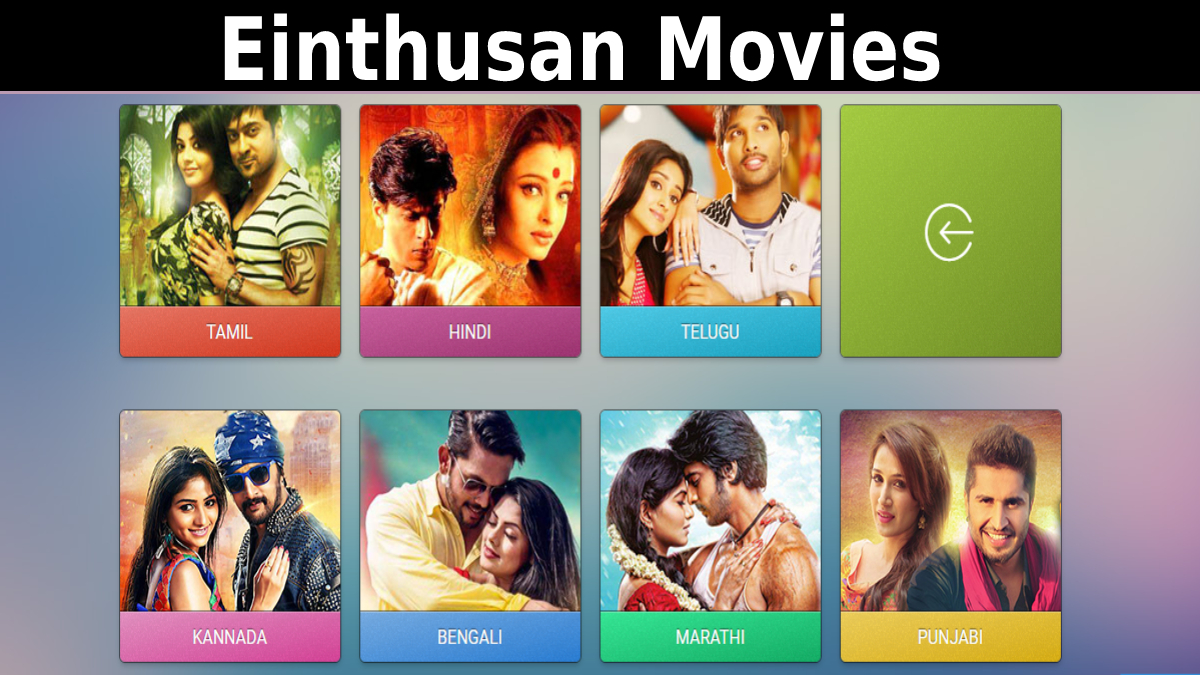E-Commerce has captured a major segment of the market with the advent of technology in the current decade. This has necessitated the presence of the optimized mobile website and mobile app for E-Commerce marketers. While marketers make it easy to install an app what really matters is conversion after installation.
According to the Statistics, Android reported 1.6 million apps to be present in the year July 2015 while IOS was reported to have a no code ecommerce app slightly less 1.5 million apps. These numbers have a huge impact on the retention rate of the users, shrinking your chances of reaching ROI goals.
Installation of an app indicates that the user might be interested in making a purchase. However, it doesn’t guarantee any purchase. The user is more likely to download an app if he finds a good deal on your product.
Conversion through the app depends on several factors such as its functionality, user interface, search rank, the number of downloads, reviews, presence across mobile platforms, and price.
Why spend on an App?
The marketing team must analyze its business requirement and the market segment that it is catering to determine the app’s ability to meet the needs of the consumers. If the business intends to give out offers and limited time promotions, it makes sense to build a well functional app. However, if the business caters to old age consumers, developing a mobile-optimized website might be more beneficial. Ease of navigation, and responsiveness of the app are what drives the user to be more engaged.
Strategy 1: Engagement Metrics
Building an app and further marketing it requires a considerable amount of investment in terms of time, money and workforce. Installation of the app may be one of the business goals but increased engagement activity is what a marketer must aim to achieve. Analysts have recorded a Cost-Per-Install of $1.8 and Cost-Per Loyal User of $2.80 for an iOS app. This speaks a lot about the key challenge faced by app marketers.
Needless to mention, super enhanced functionality is inevitable among your competitors.
In-app events is an important metric to measure correlation. By tracking the user activity and average session it is possible to measure the average number of in-app purchases per user. For example, full versions mobile games from gaming companies are generally paid apps. Many software companies provide limited versions of their product as free apps. A time-management software developer might provide a free version of its software, which only allows five entries per week. Customers would be required to purchase the full version if they want unlimited entries.
Identifying various correlation points like these enables you to optimize for these events and gives you a point at which to begin testing.
Strategy 2: Watch your User Acquisition Campaigns
Partnering with a professional mobile measurement agency can help you figure out the marketing channels, network campaigns and creative variations that delivered those users. Linking installs to a source before tracking the user engagement activity can help in this.
Marketers can improve relations and zoom in their attention with high performers and lessen or erase spends with sources that underperformed. This will help to drive more value by generating real users.
Strategy 3: Delve deeper to track In-App Event
Studying In-App Events can reveal a lot more about the highly engaging audience. It helps to categorize “high-income users who added 3 leather footwear UK 5.5” rather than “users who added one shoe to cart.”
Travel portal apps belong to this category. High lifetime value is extremely important for their business.
Further location of mobile device usage, type of mobile internet used- Wi-Fi or mobile data or frequency and duration of usage can be used to enhance the customer experience.
Data mining these rich in-app events can help marketers improve their products or even innovate new products. However, this is where most marketers have failed. Many of them are lacking behind to track essential in-app events such as ROI or mobile engagement.
Eventually studying rich in-app events empowers the effective granular segmentation of your audience, resulting in enhanced customer targeting.
Strategy 4: Go a mile further with Cohort Analysis
Grouping users showing common characteristics and measuring specific KPIs over different time frames makes sense. This is what Cohort process does. It indicates the quality of a customer by rating them over a period of time.
Thus it is possible to e commerce app identify a basic funnel by tracking user activity over a period of time.
Deep linking the marketing campaigns is an absolute essential towards delivering an optimal user experience in mobile.
In the highly competitive app dominated marketplace, marketers require being prepared thoroughly and take complete charge of mobile marketing metrics for increasing the app revenue. Tracking rich post-install events and deep linking apps is the way to go forward to a successful app marketing strategy.








